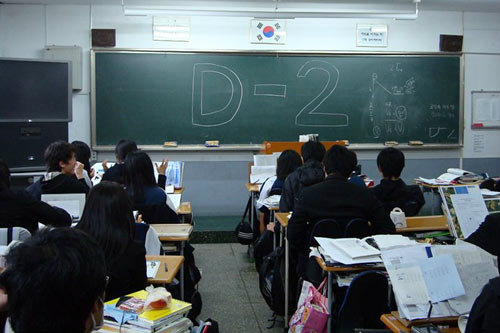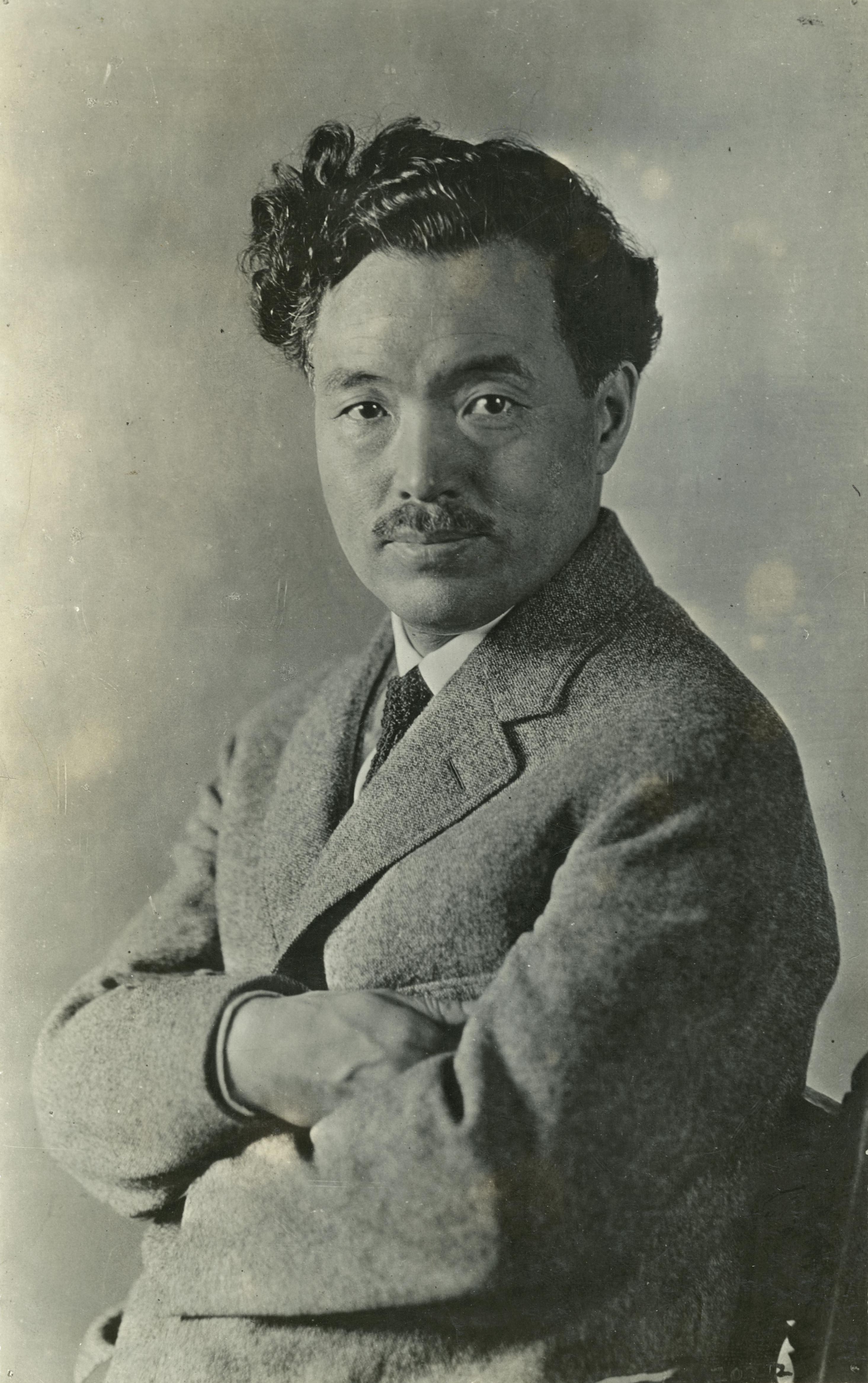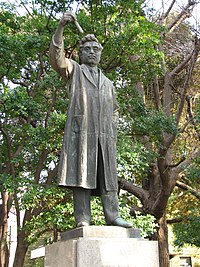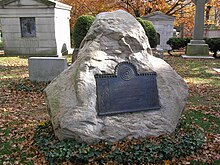The Schengen Area comprises the territories of twenty-six European countries that have implemented the Schengen Agreement signed in the town of Schengen, Luxembourg, in 1985. The Schengen Area operates very much like a single state for international travel with external border controls for those travelling in and out of the area, but with no internal border controls when travelling between Schengen countries.
The Schengen rules were absorbed into European Union law by the Amsterdam Treaty in 1997, and entered into force in 1999; although the area officially includes four non-EU member states—Iceland, Liechtenstein, Norway, Switzerland—and de facto includes three European micro-states—Monaco, San Marino, and the Vatican City. All but two EU member states—Ireland and the United Kingdom—are required to implement Schengen rules. With the exception of Bulgaria, Cyprus and Romania, all other EU member states have already complied. The area currently covers a population of over 400 million people and an area of 4,312,099 square kilometres (1,664,911 sq mi).
Implementing the Schengen rules involves eliminating internal border controls with other Schengen members, while simultaneously strengthening external border controls with non-member states. The Schengen rules include provisions on a common policy on the temporary entry of persons (including the Schengen visa), the harmonisation of external border controls, and cross-border police and judicial co-operation.
Whether a passport or an EU approved national identity card is required for identity checks done at airports, hotels, or by police, depends on national rules and varies between countries. Occasionally, regular border controls are used between Schengen countries.
History
The Schengen Area came in existence on 26 March 1995 when the Schengen Agreement along with its implementing convention was implemented by seven EU member states. During the negotiations which led up to the signing of the Amsterdam Treaty in 1997, EU leaders agreed to bring the Schengen Agreement, Convention and the rules created under them into the main body of EU law, the acquis communautaire; thus bringing a project which had developed outside the framework of the EU into the EU mainstream. This duly happened with the entrance into force of the Amsterdam Treaty in 1999.
There were concerns over the borders of Austria with former communist countries to the east and south, and so Austrian entry was delayed until procedures could be further evaluated and placed in operation. In the case of Italy's delayed entry, there were concerns over securing the very large coastline of the country and the multitude of immigrants from North Africa, Asia and the Balkans across the nearby seas. Both were admitted in 1997, over a year and a half after the originating countries.
Members

Schengen Area (EU)
Schengen Area (non-EU)
Set to implement later
EU member states outside Schengen
The Schengen Area currently consists of twenty-six states, all but four of which are members of the European Union (EU). Two of the non-EU members, Iceland and Norway, are part of the Nordic Passport Union and are officially classified as states associated with the Schengen activities of the EU. The third, Switzerland, was subsequently allowed to participate in the same manner in 2008. The fourth, Liechtenstein, joined on 19 December 2011, becoming the newest member of the Schengen Area.De facto, the Schengen Area also includes three European micro-states, Monaco, San Marino and the Vatican City, that maintain open or semi-open borders with Schengen countries. Two EU members—Ireland and the United Kingdom—negotiated opt-outs from Schengen and continue to operate systematic border controls with other EU member states.
Before fully implementing the Schengen rules, each state needs to have its preparedness assessed in four areas: air borders, visas, police cooperation, and personal data protection. This evaluation process involves a questionnaire and visits by EU experts to selected institutions and workplaces in the country under assessment.
Territories of Schengen states outside the Area

There are territories of member states that are exempted from the Schengen Agreement and most of these are outside Europe (or remote islands in Europe).
The French overseas departments of French Guiana, Guadeloupe, Martinique and Réunion, and the overseas collectivities of Saint Barthélemy and Saint Martin are part of the European Union but do not form part of the Schengen Area. A fifth French Overseas Department, Mayotte, was created on 31 March 2011 when its status was changed from being an overseas collectivity. It is due to become part of the EU as an EU outermost region on 1 January 2014. The EU's freedom of movement provisions apply, but each territory operates its own visa regime for non-European Economic Area (EEA), non-Swiss nationals. While a visa valid for one of these territories will be valid for all, visa exemption lists differ. A Schengen visa, even one issued by France, is not valid for these territories. A visa for Sint Maarten (which is valid for travelling to the Dutch side of the island of Saint Martin) is also valid for the French side. France also has several territories which are neither part of the EU nor the Schengen Area. These are: French Polynesia, French Southern and Antarctic Lands, New Caledonia, Saint-Pierre and Miquelon, and Wallis and Futuna.
Only the European territory of the Netherlands is part of the Schengen Area. Six Dutch territories in the Caribbean are outside the Area. Three of these territories—Bonaire, Sint Eustatius and Saba (collectively known as the BES islands)—are special municipalities within the Netherlands proper. The other three—Aruba, Curaçao and Sint Maarten—are autonomous countries within the Kingdom of the Netherlands. All islands retain their status as Overseas countries and territories and are thus not part of the European Union. The six territories have a separate visa system from the European part of the Netherlands and people travelling between these islands and the Schengen Area are subjected to systematic identity checks.
Svalbard is part of Norway and has a special status under international law. It is not part of the Schengen Area. There is no visa regime in existence for Svalbard either for entry, residence or work, although it is difficult to visit Svalbard without travelling through the Schengen Area, although there are charter flights from Russia. In 2011 the Norwegian government imposed identity checks on individuals wishing to enter and leave Svalbard, with the border between Svalbard and the rest of Norway being treated as an external Schengen border. A Schengen visa must be multiple entry to allow returning to Norway. There is no welfare or asylum system for immigrants on Svalbard, and people incapable of supporting themselves may be sent away.
The Danish territories of the Faroe Islands and Greenland are neither part of the European Union nor the Schengen Area, though the Faroes are part of the Nordic Passport Union. Visas to Denmark are not automatically valid in the Faroe Islands and Greenland. A passport or an acceptable identity card must be brought and is needed both for the identity check at boarding and for the check at the arrival airport.
Mount Athos, a province of Greece, is part of the Schengen area, though a special permit may be required for entry and women are not allowed in any case.
EU member states with opt-outs
Ireland and the United Kingdom were the only EU members which, prior to the 2004 enlargement, had not signed the Schengen Agreement. Both countries maintain a Common Travel Area with passport-free travel for their citizens between them and the three British Crown Dependencies of Jersey, Guernsey and the Isle of Man, which are outside of the European Union.
The UK declined to join Schengen Convention elements related to passport control, one argument being that, for an island, frontier controls are a better and less intrusive way to prevent illegal immigration than other measures, such as identity cards, residence permits, and registration with the police, which are appropriate for countries with "extensive and permeable land borders". Ireland does not share Britain's view that free movement without border checks should apply only to EU citizens, but has not signed the Schengen Implementation Convention because it "would not be in the interest of Ireland to have a situation where the common travel area with Britain would be ended and Ireland would impose both exit and entry controls on persons travelling between here and Britain and, in addition, on the land frontier".
When Schengen was subsumed into the EU by the Treaty of Amsterdam, Ireland and the UK obtained an opt-out from the part of the treaty which was to incorporate the Schengen rules (or acquis) into EU Law. Under the relevant protocol, Ireland and the United Kingdom may request to participate in aspects of the Schengen acquis but this is subject to the approval of the Schengen states.
The UK formally requested to participate in certain provisions of the Schengen acquis—Title III relating to Police Security and Judicial Cooperation—in 1999, and this request was approved by the Council of the European Union on 29 May 2000.[36] The United Kingdom's formal participation in the previously approved areas of cooperation was put into effect by a 2004 Council decision that came into effect on 1 January 2005.
In contrast while Ireland initially submitted a request to participate in the Schengen acquis in 2002, which was approved by the Council of the European Union, that decision has not yet been put into effect. In February 2010 the Irish Minister for Justice, in response to a parliamentary question, said that: "[t]he measures which will enable Ireland to meet its Schengen requirements are currently being progressed".
A previous 1999 report by the European Union Select Committee of the House of Lords recommended "full United Kingdom participation" in all the various four Titles of the Schengen Implementing Convention.
Status of the European microstates
Liechtenstein is since 2011 a full member of the Schengen Area.
The other four microstates are not parties to the Schengen Agreement, cannot issue Schengen visas and, with the exception of Monaco, are not part of the Schengen Area. San Marino and the Vatican City are both landlocked states surrounded by Italy. As they both have open borders, they can be considered as being de facto within the Schengen Area. San Marino and Vatican City do not perform border checks for arrivals from outside Schengen, but these are not needed since neither of them have any airports or seaports. Helicopters are not permitted to go from outside Schengen or a ship directly to San Marino or the Vatican City.
Border controls remain at Andorra's borders with both France and Spain. Citizens of EU countries require either their national identity cards or passports to enter Andorra, while anyone else requires a passport or equivalent. Those travellers who need a visa to enter the Schengen Area need a multiple-entry visa to visit Andorra, because entering Andorra means leaving the Schengen Area.
Monaco has an open border with France. Schengen laws are administered as if it were a part of France. Both French and Monégasque authorities carry out checks at Monaco's seaport and heliport.
San Marino has an open border with Italy, although some random checks are made by Guardia di Finanza and San Marino's Guardia di Rocca.
The Vatican City has an open border with Italy. The microstate has shown an interest in joining the Schengen agreement for closer cooperation in information sharing and similar activities covered by the Schengen Information System.

ขอบคุณข้อมูลจาก wikipedia.com







